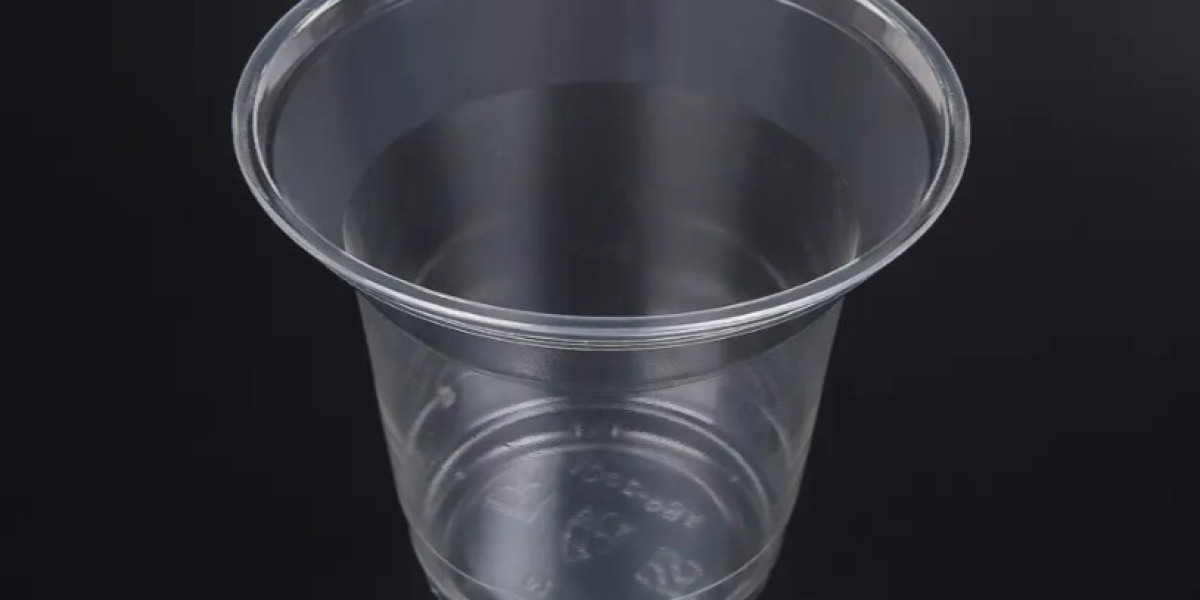The demand for sustainable materials has increased significantly, especially in the food and beverage industry. PLA/compostable cold cups have become an important alternative to traditional plastic cups. These cups are made from polylactic acid, which is derived from renewable resources such as corn starch or sugarcane. Unlike conventional plastics, PLA cups can break down under composting conditions, reducing the environmental impact of disposable containers.
Many cafes, juice bars, and restaurants have adopted PLA/compostable cold cups to provide eco-conscious options for their customers. These cups offer clarity similar to traditional plastic, making them suitable for showcasing colorful beverages like smoothies, iced coffee, and fresh juices. Additionally, PLA cold cups are lightweight and easy to handle, providing convenience for both consumers and service staff.
The compostability of these cups is an essential aspect of their appeal. When disposed of in an industrial composting facility, PLA cups can degrade into water, carbon dioxide, and organic matter within a few months. This process helps reduce landfill waste and limits the release of harmful microplastics into the environment. However, it is important to note that these cups require proper composting conditions and may not decompose efficiently in home composting or regular trash bins.
Moreover, PLA/compostable cold cups support efforts to minimize single-use plastic pollution. As awareness of environmental issues grows, many businesses and individuals are seeking practical ways to reduce their ecological footprint. By choosing compostable alternatives, consumers contribute to a shift toward sustainable practices without sacrificing convenience or aesthetics.
PLA/compostable cold cups provide a practical solution for serving cold beverages while addressing environmental concerns. They combine functionality with sustainability, making them a viable option for businesses and households interested in eco-friendly alternatives. As technology improves, it is likely that these materials will become even more common, supporting broader efforts to reduce plastic waste and promote a circular economy.








